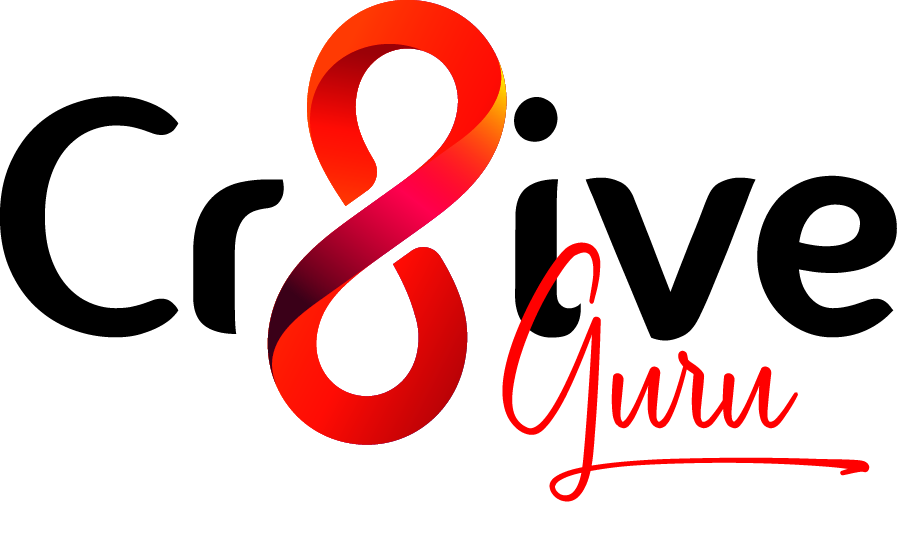Custom Designs VS ChatGPT

When it comes to design, there has been an ongoing debate about custom designs created by human designers versus designs generated by artificial intelligence (AI) algorithms. Both approaches have their own advantages and considerations. Let’s explore the pros and cons of custom designs and AI-generated designs:
Custom Designs:
- Creativity and Uniqueness: Human designers bring their creativity, artistic skills, and unique perspectives to the table. They can create designs that are tailored to specific requirements, reflecting the brand identity, values, and target audience. Custom designs have the potential to be more original, innovative, and memorable.
- Human Touch and Emotional Connection: Custom designs have the ability to evoke emotions and establish a personal connection with the audience. Human designers can incorporate subtle nuances, aesthetics, and storytelling elements that resonate with people on an emotional level. This can contribute to building brand loyalty and engagement.
- Adaptability and Flexibility: Human designers can adapt their designs based on feedback and collaborate with clients to refine and iterate the design. They can consider subjective preferences, incorporate feedback, and make adjustments to ensure the design meets the desired outcome. This flexibility allows for a more personalized and tailored design process.
- Strategic Thinking: Human designers possess strategic thinking abilities, considering various factors such as the target audience, market trends, competition, and business goals. They can analyze the context and make informed decisions to create designs that align with the overall marketing and branding strategies of a company.
However, there are certain limitations and challenges associated with custom designs:
- Time and Cost: Custom designs can be time-consuming and costly, especially for complex projects or tight deadlines. The involvement of human designers in every step of the design process can lead to longer turnaround times and higher costs compared to AI-generated designs.
- Subjectivity and Bias: Design is subjective, and different designers may have varying interpretations and aesthetic preferences. This subjectivity can lead to inconsistent outcomes and potential bias. Clients may need to spend more time on finding the right designer and providing detailed briefs to ensure alignment.
- Scalability: Custom designs may face scalability challenges, particularly when it comes to producing a large volume of design assets or maintaining consistency across different platforms or mediums. This can be especially relevant for businesses with rapid growth or extensive design needs.
AI-generated Designs:
- Efficiency and Speed: AI algorithms can automate parts of the design process, enabling quick generation of design concepts or variations. This can save time and streamline workflows, allowing designers to focus on more complex or strategic aspects of the project.
- Data-Driven Insights: AI algorithms can analyze vast amounts of data and derive insights about user preferences, trends, and patterns. This information can inform the design process, ensuring that the generated designs are aligned with market demands and user expectations.
- Consistency and Replicability: AI-generated designs can offer consistency in style, layout, or branding elements. They can replicate design elements across different assets or platforms, ensuring a cohesive visual identity. This can be particularly beneficial for maintaining brand consistency and producing large-scale design deliverables.
- Cost-Effectiveness: AI-generated designs can potentially reduce costs, as they require fewer resources and human labor compared to custom designs. This can be advantageous for small businesses or startups with limited budgets.
However, AI-generated designs have their own limitations and considerations:
- Lack of Human Creativity and Intuition: AI algorithms are based on predefined patterns and data, which may limit their ability to create truly unique or groundbreaking designs. They lack the creativity, intuition, and artistic judgment that human designers bring to the table.
- Interpretation and Contextual Understanding: AI algorithms may struggle with understanding the broader context, cultural nuances, or subjective requirements of a design project. They may generate designs that are technically accurate but fail to capture the desired emotional or conceptual aspects.
- Ethical Considerations: AI-generated designs raise ethical considerations, especially when it comes to intellectual property and originality. There is a risk of unintentional plagiarism or copyright infringement if AI algorithms generate designs that resemble existing copyrighted works. Additionally, the use of AI algorithms in design raises questions about the role of human creativity and the potential impact on job displacement in the design industry.
- User Experience and Emotional Connection: While AI-generated designs can be visually appealing and technically sound, they may lack the ability to create an emotional connection with users. Human designers excel at understanding user needs, preferences, and the overall user experience, which can result in designs that are more engaging, intuitive, and user-friendly.
- Iteration and Adaptability: AI algorithms typically follow predefined rules and patterns, limiting their ability to adapt to changing project requirements or incorporate subjective feedback. Human designers, on the other hand, can iterate, refine, and adapt their designs based on client feedback and evolving project needs.
- Design Intuition and Judgment: Design is not solely about aesthetics; it requires intuition and judgment to make informed decisions about layout, hierarchy, color, typography, and other design elements. Human designers possess the ability to apply their creative judgment and make design choices that are based on their experience, understanding, and expertise.
In conclusion, both custom designs created by human designers and AI-generated designs have their own strengths and limitations. Custom designs offer creativity, uniqueness, adaptability, and the human touch, while AI-generated designs offer efficiency, scalability, consistency, and data-driven insights. The choice between custom designs and AI-generated designs ultimately depends on the specific requirements of the project, the desired level of creativity and customization, and the available resources. The ideal approach may involve a combination of human creativity and AI-powered tools, where human designers leverage AI algorithms to streamline certain aspects of the design process while adding their unique expertise and creativity to create exceptional and impactful designs.

